Latest Routing and Switching

Article
A look back: Ciena’s top milestones of 2025
From 1.6T becoming real to AI reshaping how networks are built and run, here’s a look at the milestones that defined Ciena’s 2025.
Data Sheets
MicroClimate Management System
Tibit MCMS boosts efficiency, reduces costs, and accelerates service delivery through an automation-ready, multi-vendor PON manag ...

Article
Scaling transport networks - The transition to Se ...
While legacy transport technologies such as MPLS-TP, RSVP-TE, and LDP have served well in the past, it is Segment Routing that is ...

Video
Ciena Customer Insights featuring Telesat
Telesat’s Director of Network Engineering discusses the role integrated satellite-terrestrial networks play in bridging the digit ...

Video
Ciena Customer Insights featuring Skyline Technol ...
Skyline discusses AI, intelligent transportation, and the need for scalable fiber to drive state and local government innovation.

Article
Key innovation in Passive Optical Network (PON) t ...
PON has seen a significant evolution over recent years, Ciena’s Wayne Hickey reflects on an exciting new area and data center out ...
Data Sheets
Data center out-of-band management
Discover how OOB management solves the difficult problems of space, power, and cabling requirements with XGS-PON.
Infobrief
Data center out-of-band management
Discover how to simplify OOB management with a PON-based solution, enhancing remote access efficiency, security, and scalability ...
Data Sheets
3949
The advent of AI and the rapid transformation of 5G services are increasing network demand. Discover how the 3949 Router empowers ...
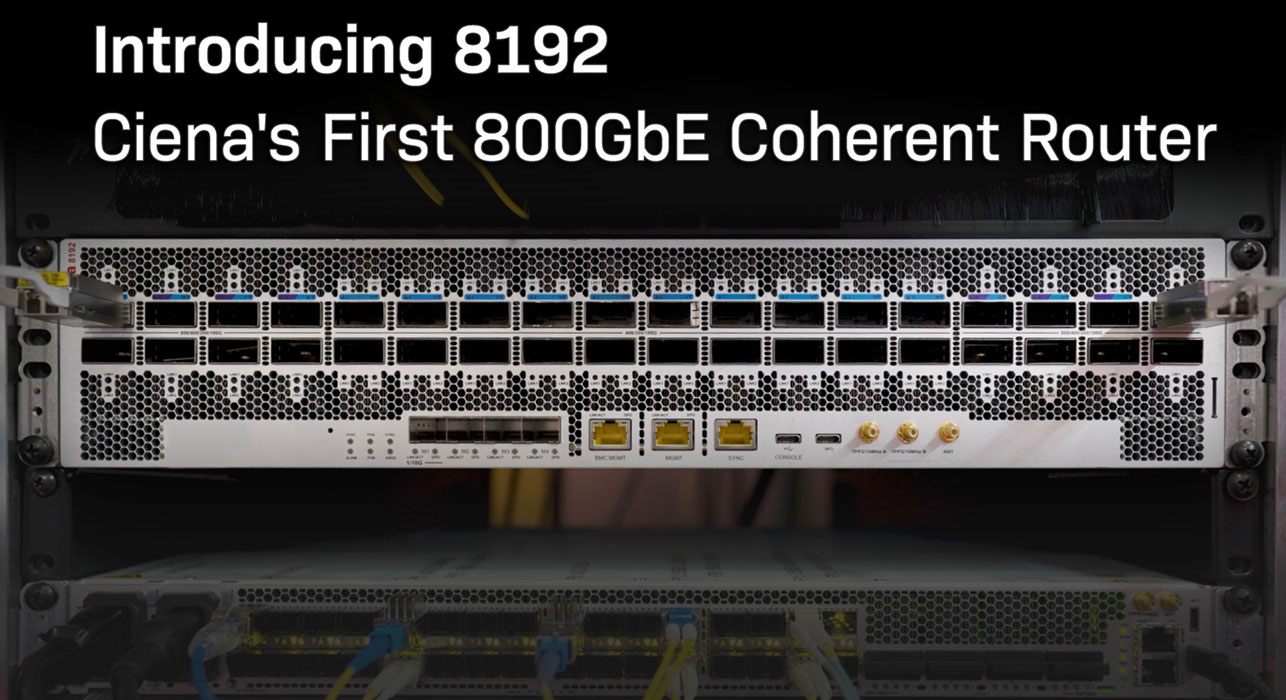
Video
Introducing 8192: Ciena's First 800GbE Coherent R ...
Join Marc Doucette as he introduces Ciena's first 800GbE coherent router and highlights the 8192's role in the OIF 2025 multi-ven ...
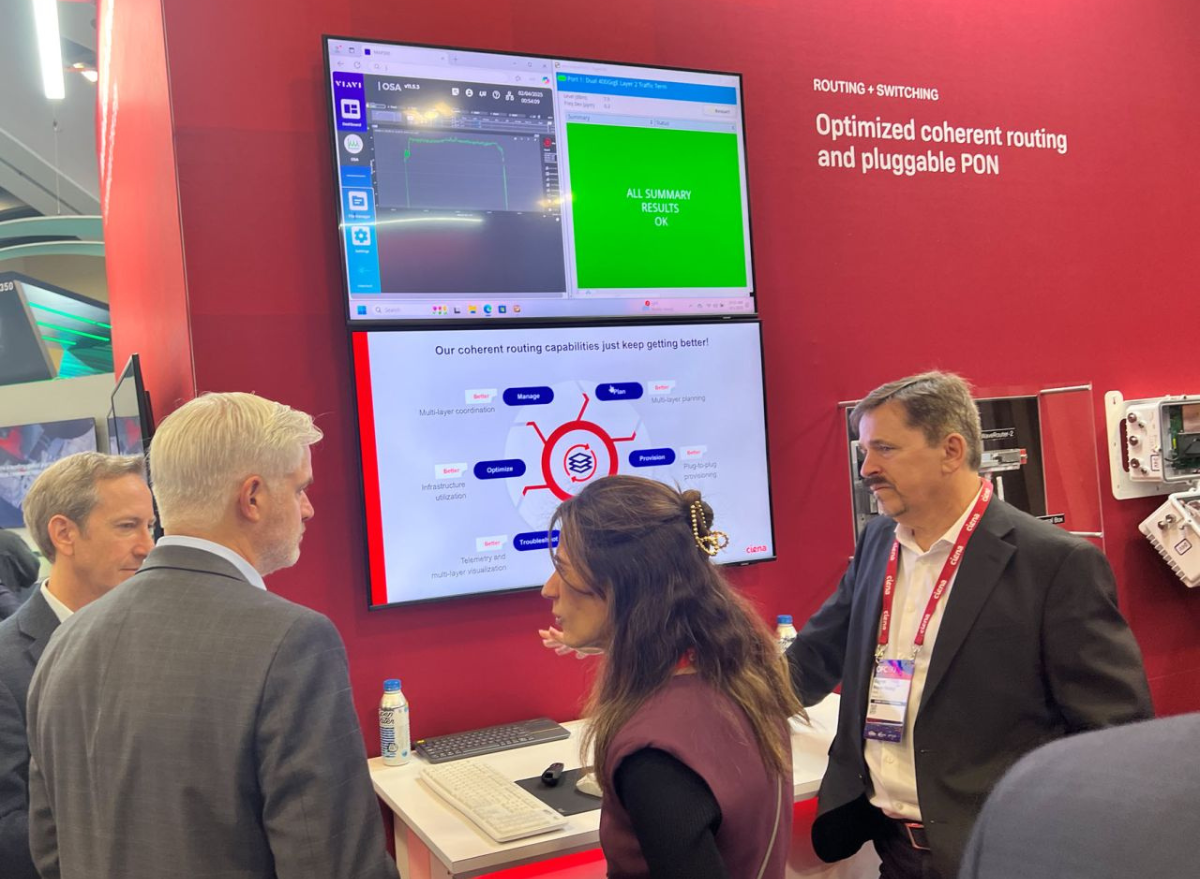
Article
The power of innovation: Ciena's cutting-edge Rou ...
Putting your innovative solutions on display for the world to see, out of the lab and in real-world scenarios, is always an excit ...

Video
MPLS & AI Net World 2025 Presents: AI Keynote
Ciena's Jürgen Hatheier, International CTO, shares his thoughts on the AI revolution and the need to adapt to support modern netw ...

Video
MPLS & AI Net World 2025 Presents: Realizing ...
Bill Kaufmann, Director of Product Management, Assurance and Analytics for Blue Planet, a division of Ciena, discusses the learni ...
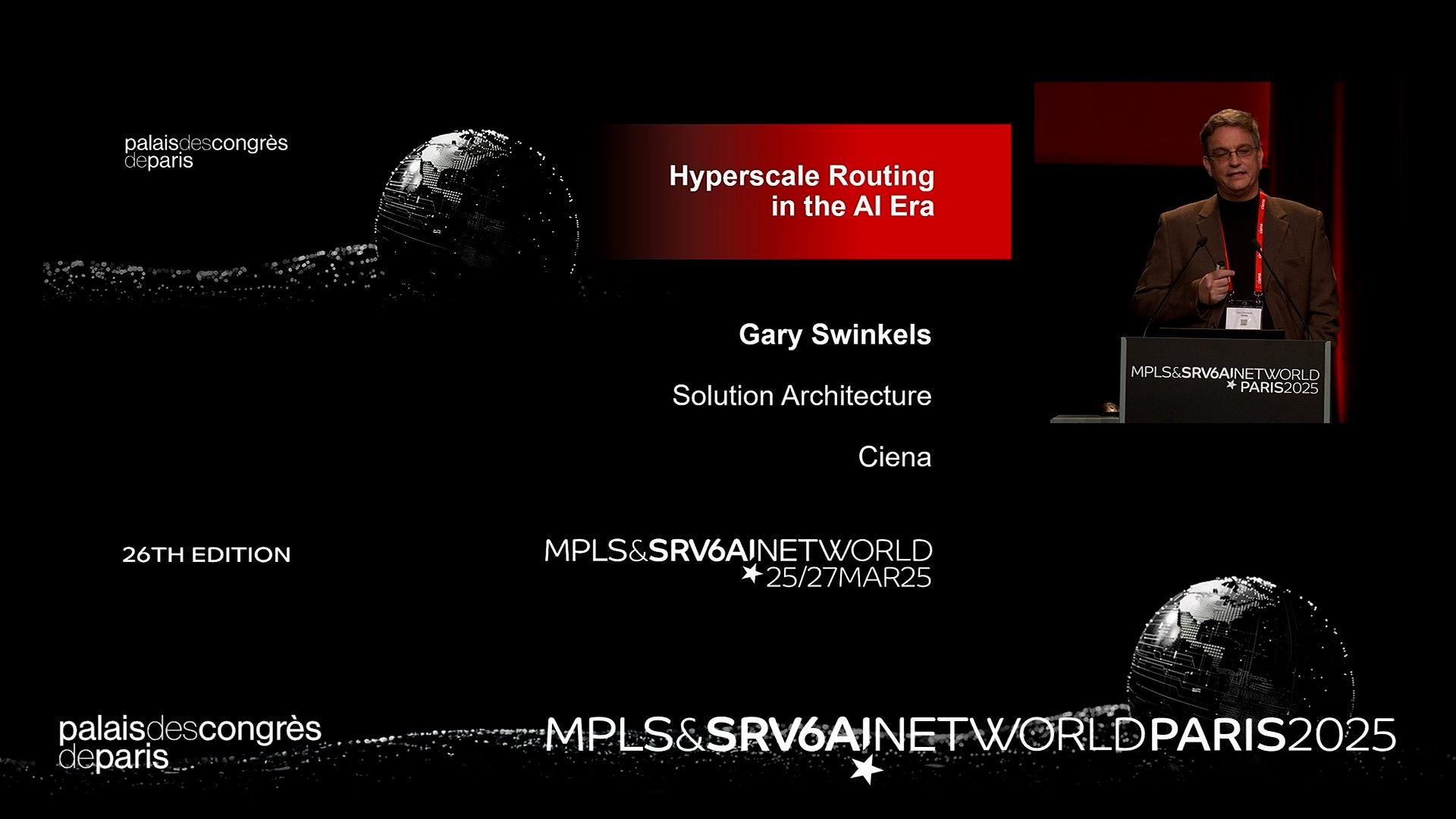
Video
MPLS & AI Net World 2025 Presents: Hyperscale ...
Ciena's Gary Swinkels, Distinguished Architect, speaks on hyperscale deployments and routing in the new AI era.

Video
MPLS & AI Net World 2025 Presents: Impact of ...
Ciena's John McKinnon, Vice President of Software Engineering R&D, discusses the impact of AI on software engineering and how it ...

Video
Quantum Networks Summit 2025 Presents: The Develo ...
Ciena's Farzam Toudeh-Fallah, Director Quantum Communications of R&D, presents on a pragmatic perspective on the development of q ...
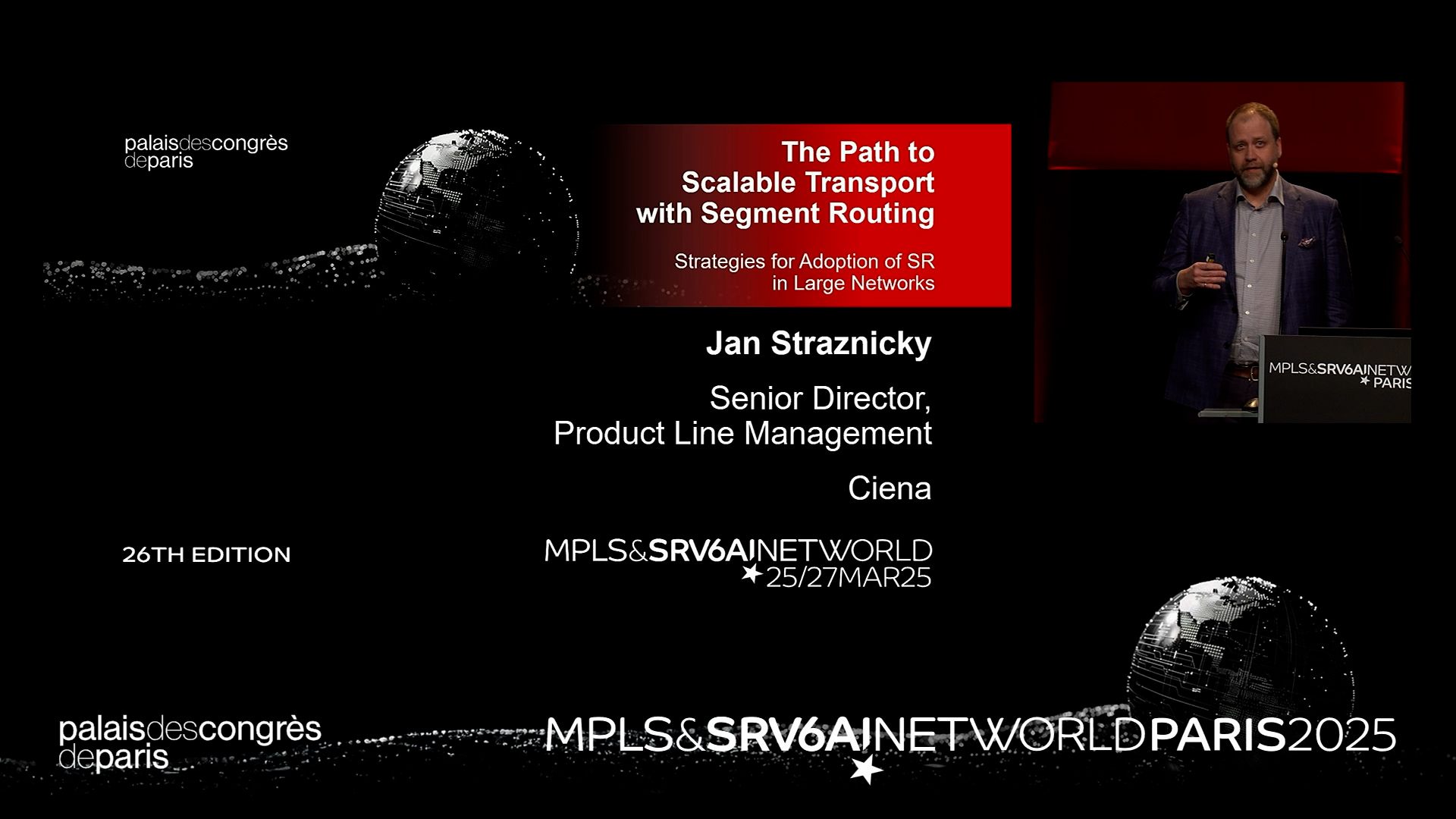
Video
MPLS & AI Net World 2025 Presents: The Path t ...
Ciena's Jan Straznicky, Senior Director of Product Line Management discussed the path to scalable transport with segment routing.
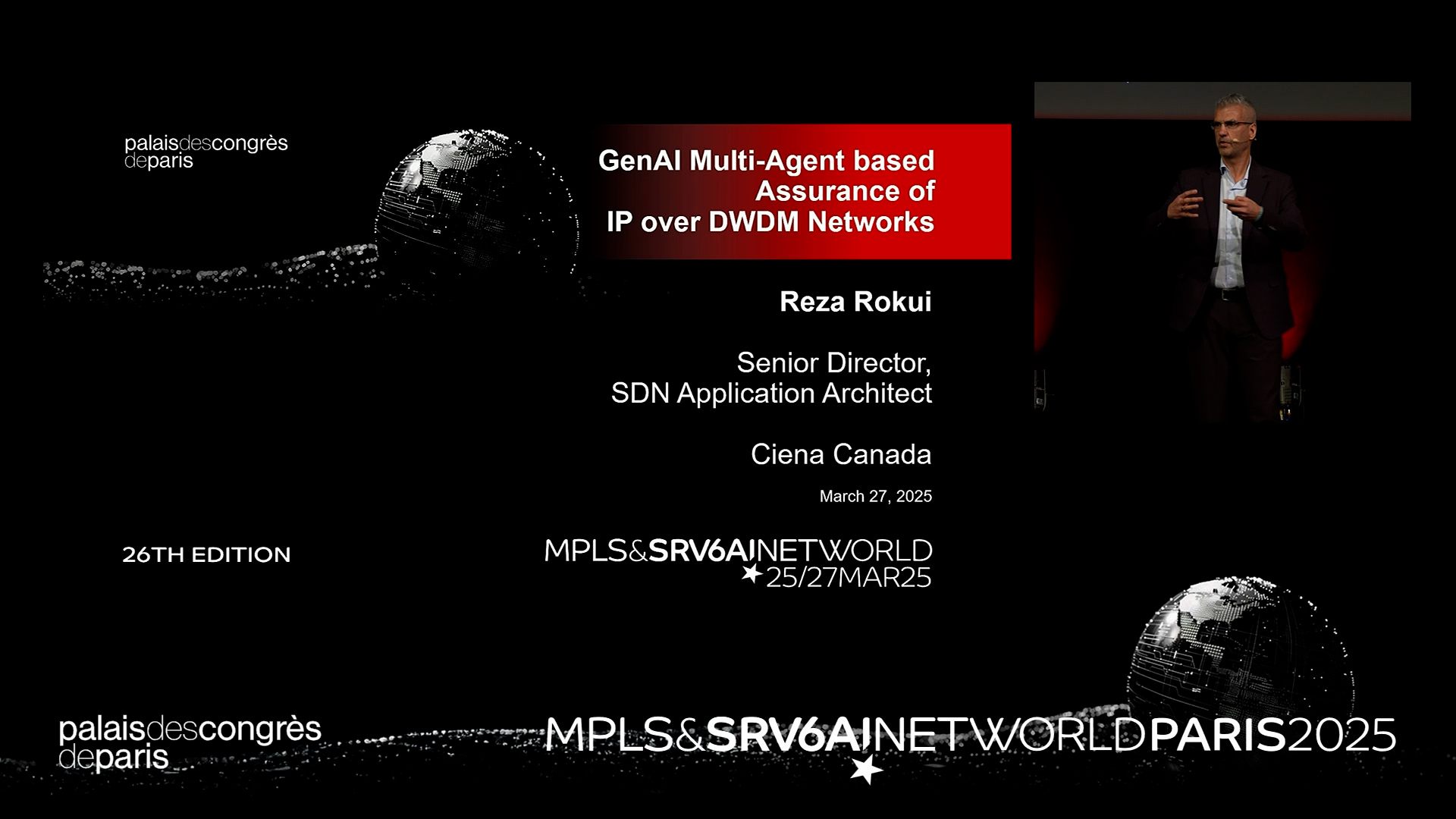
Video
MPLS & AI Net World 2025 Presents: GenAI Mult ...
Ciena's Reza Rokui, Senior Director of Product Line Management, speaks on how AI and machine learning are gaining renewed interes ...
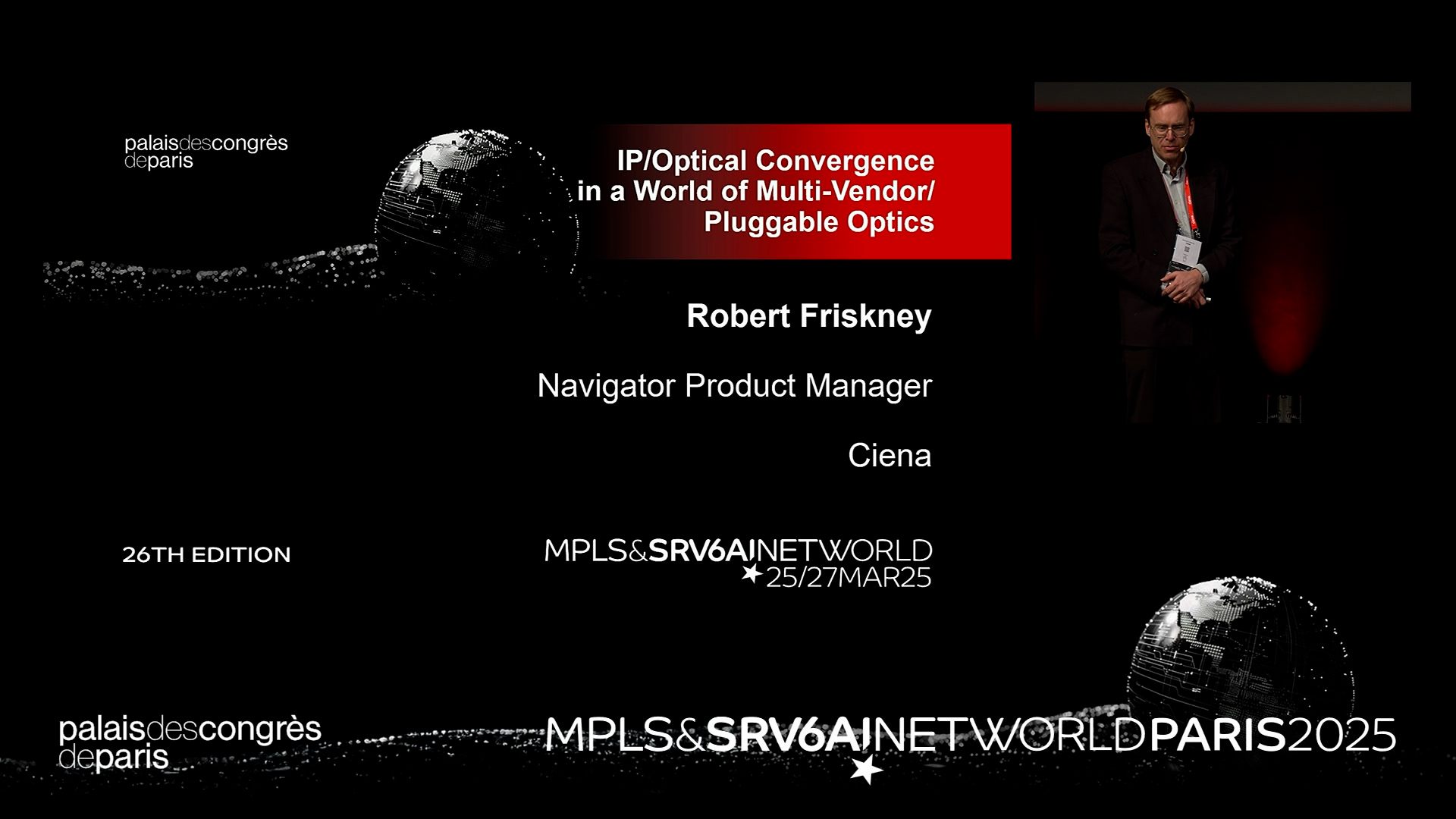
Video
MPLS & AI Net World 2025 Presents: IP/optical ...
Ciena's Robert Friskney, Director of Product Line Management, speaks on achieving IP/Optical convergence by integrating multi-ven ...
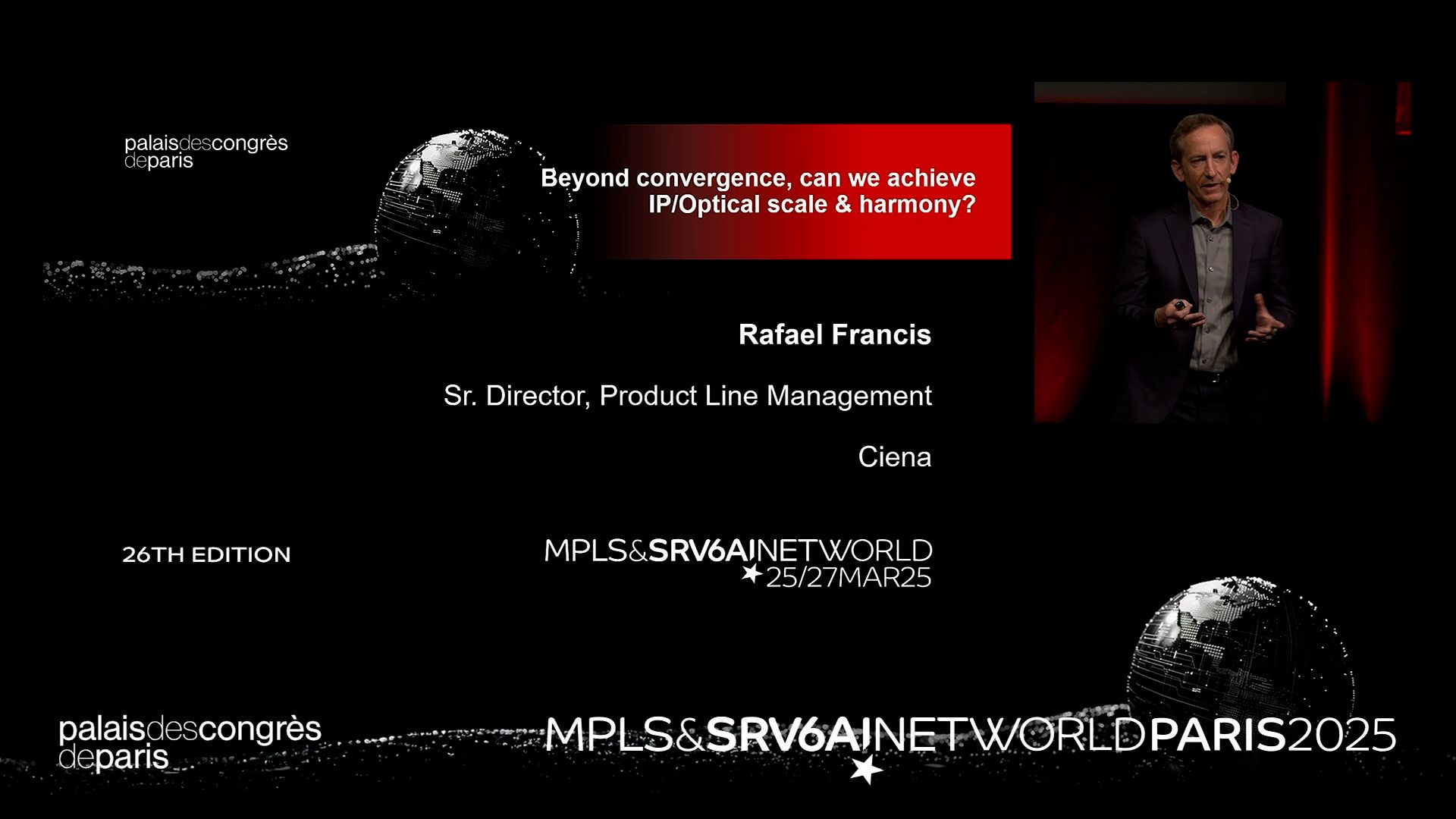
Video
MPLS & AI Net World 2025 Presents: Beyond Con ...
Rafael Francis, Senior Director of Product Line Management, discusses the future with converged IP Optical Networks, the accelera ...
Webinar
Future-Proofing networks & business: compute & in ...
In this on-demand webinar, Ciena’s experts decode how telecom operators can evolve their networks and business models to meet the ...
Application note
Education IT network management, simplified | Ent ...
Learn how Ciena’s ERA manages multi-vendor IP/MPLS networks, diagnoses issues quickly, and gives networkwide visibility of change ...

Article
Ciena validates its IP/MPLS interoperability cred ...
For network operators preparing for the next wave of technology evolution, choosing vendors and platforms that have proven intero ...
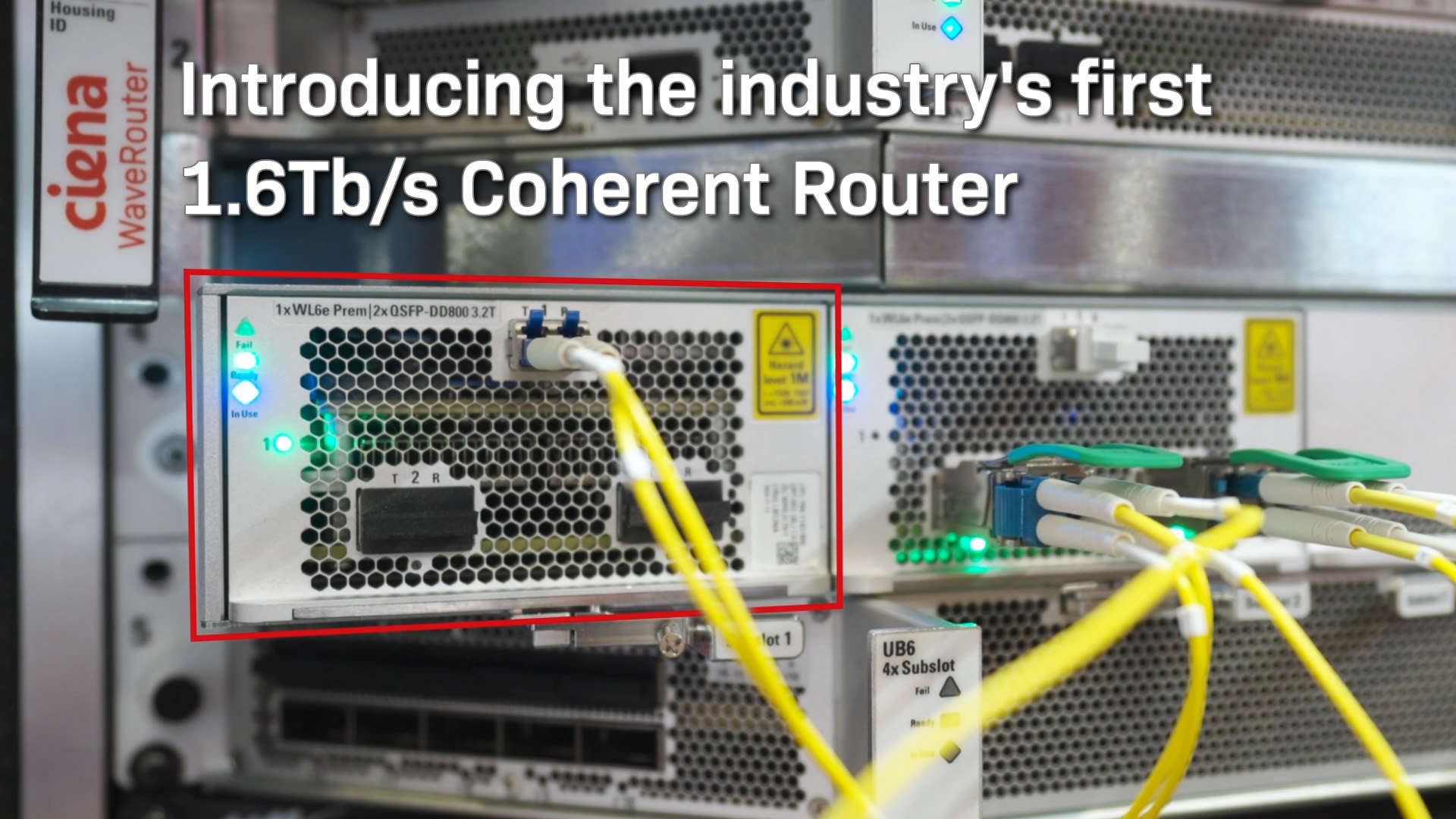
Video
Introducing the industry's first 1.6Tb/s Coherent ...
Using an integrated WaveLogic 6 Extreme (WL6e) modem on WaveRouter and 6500, watch as the highly scalable coherent router (WaveRo ...




